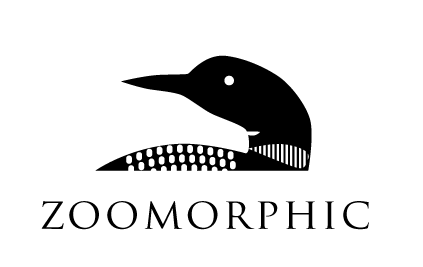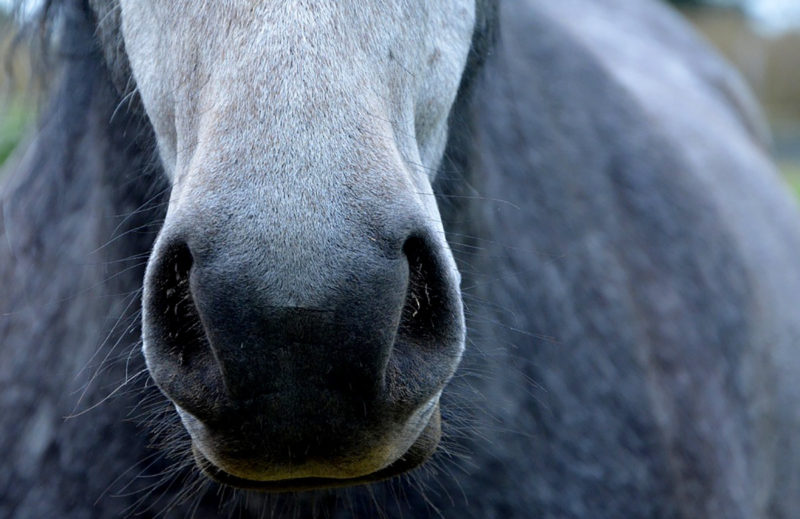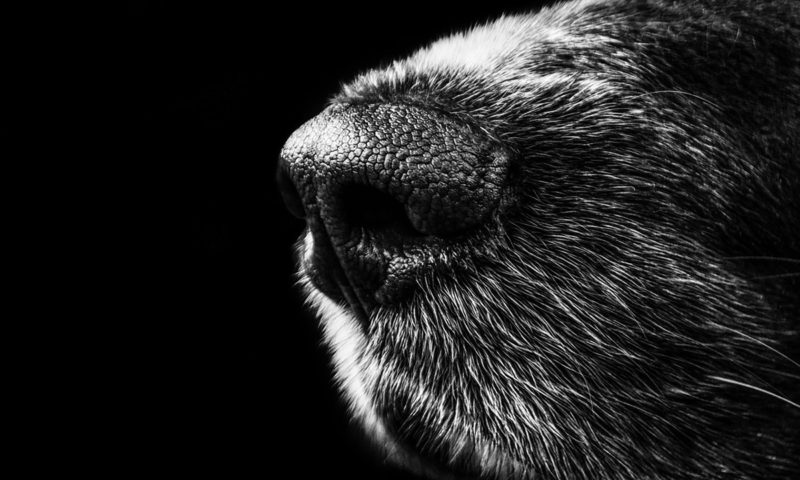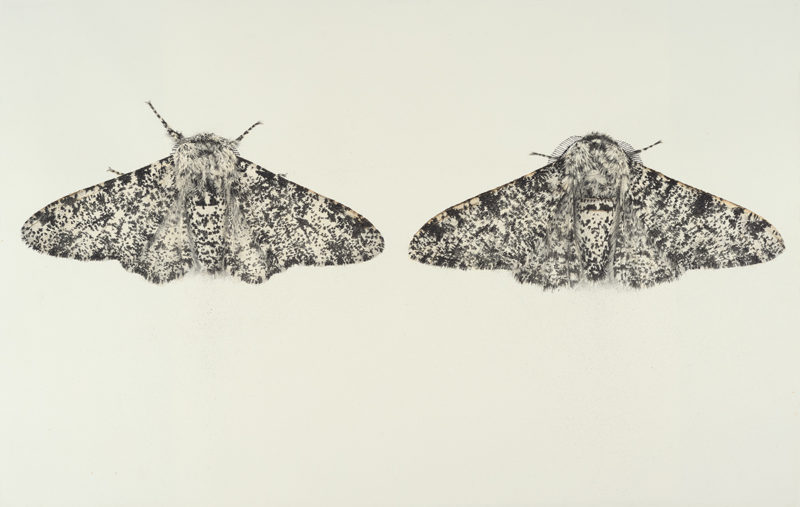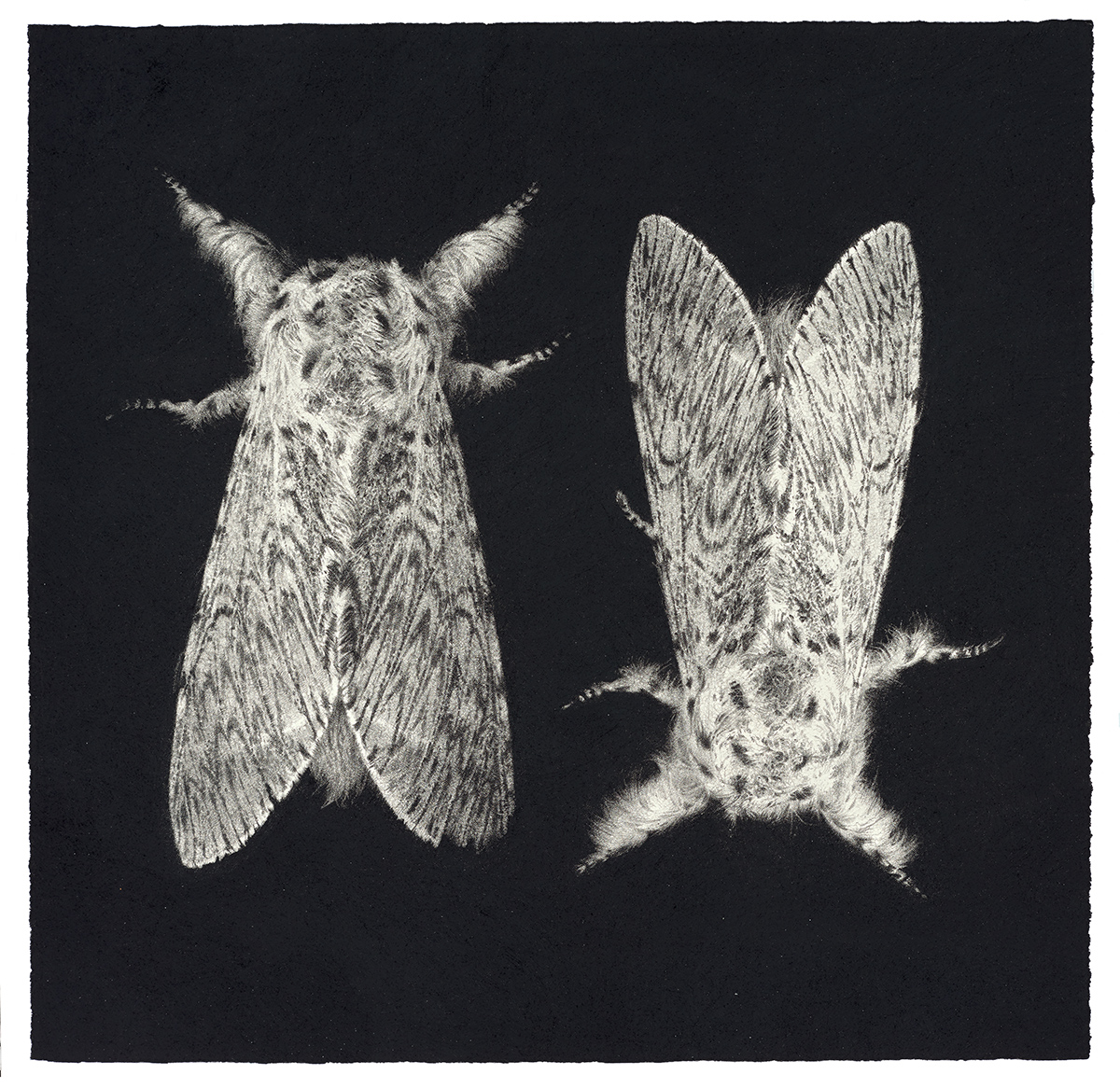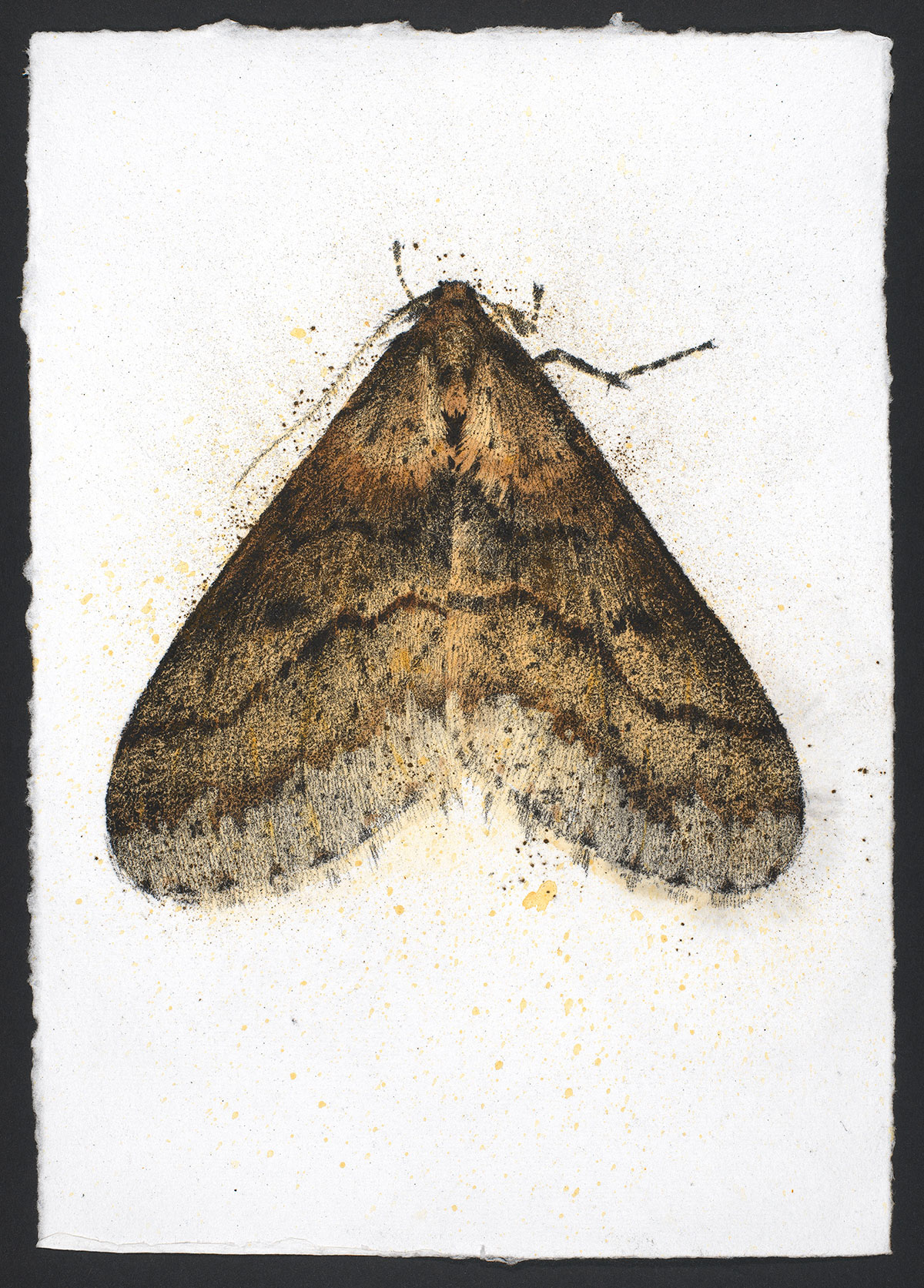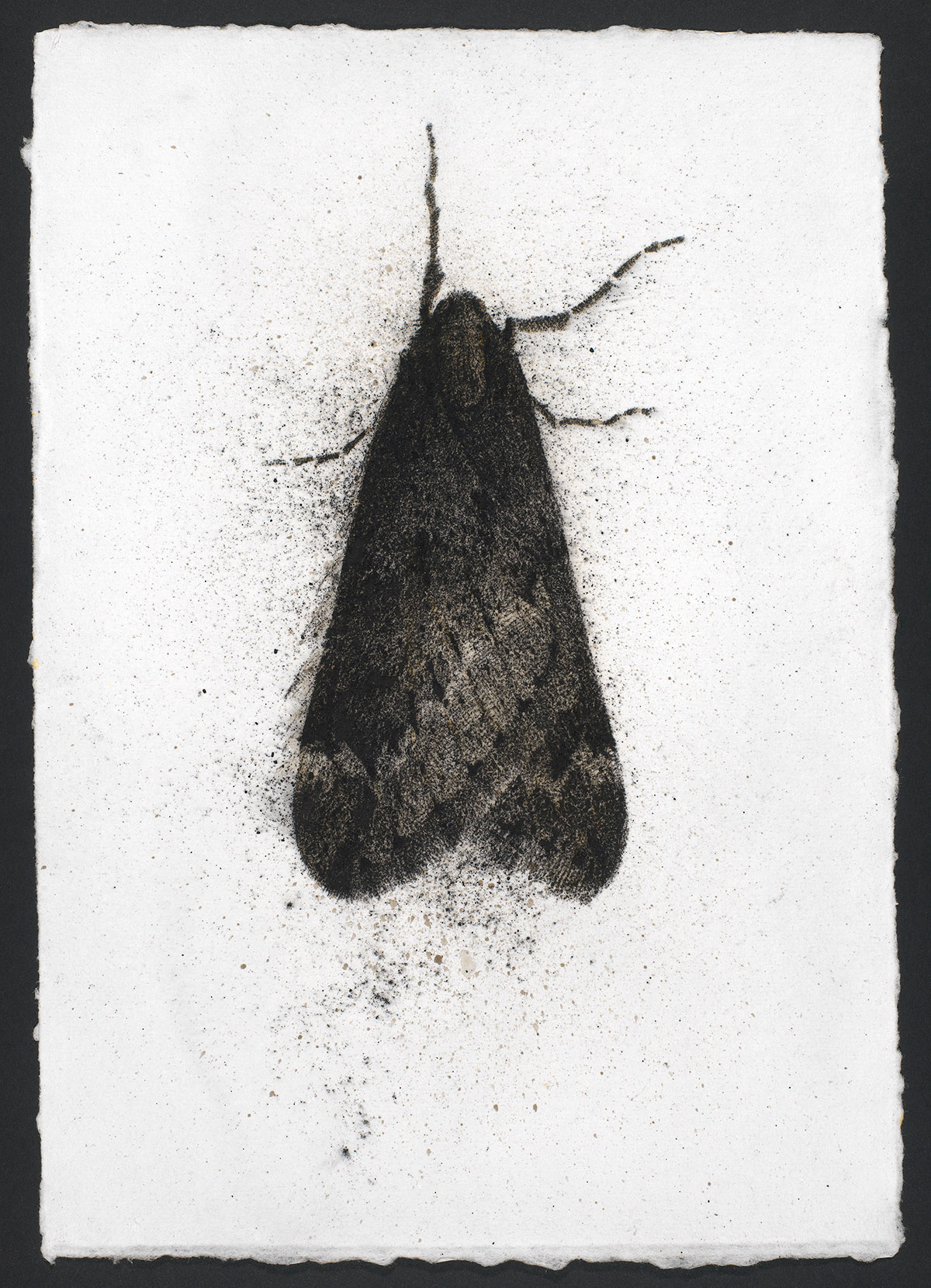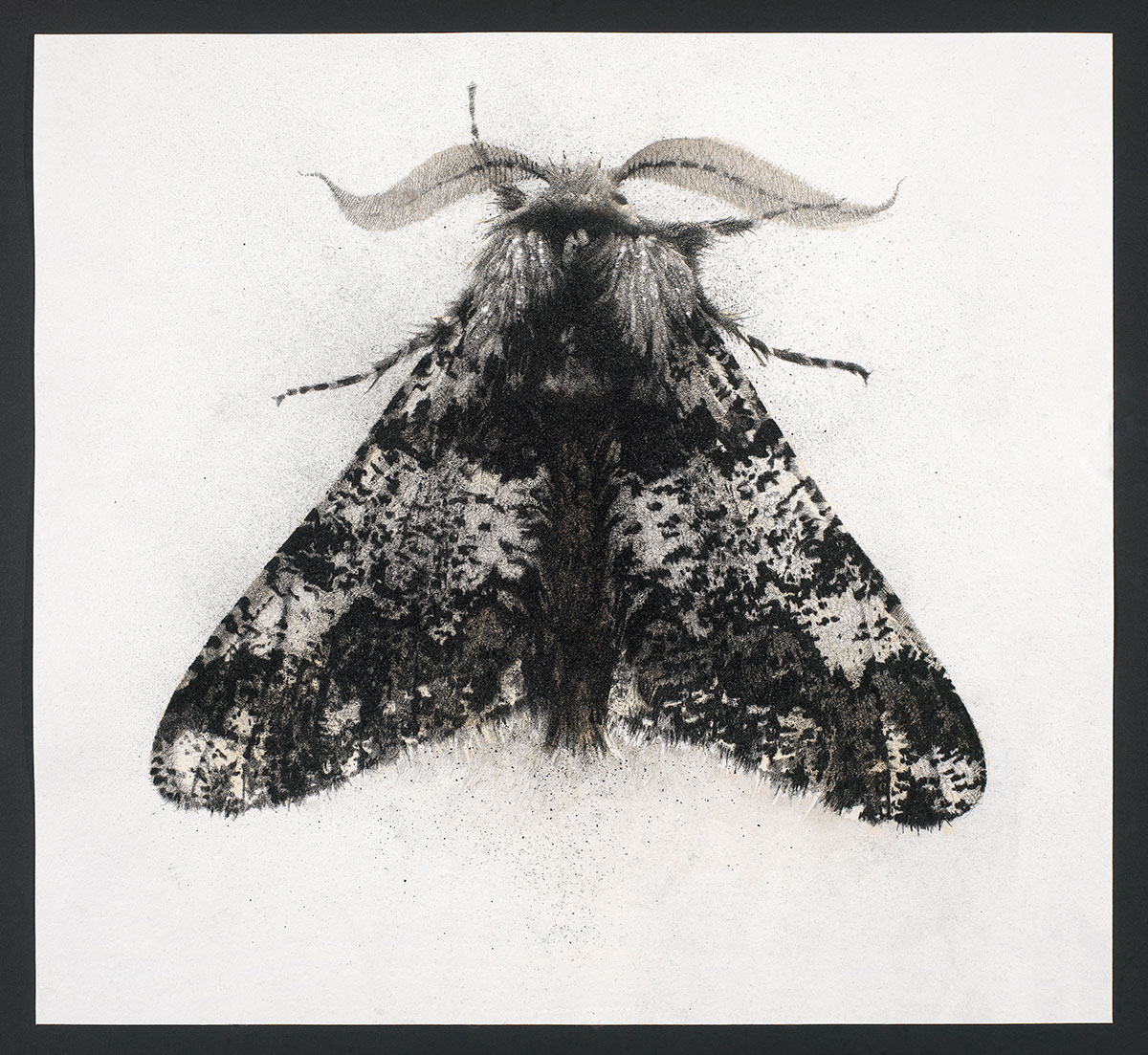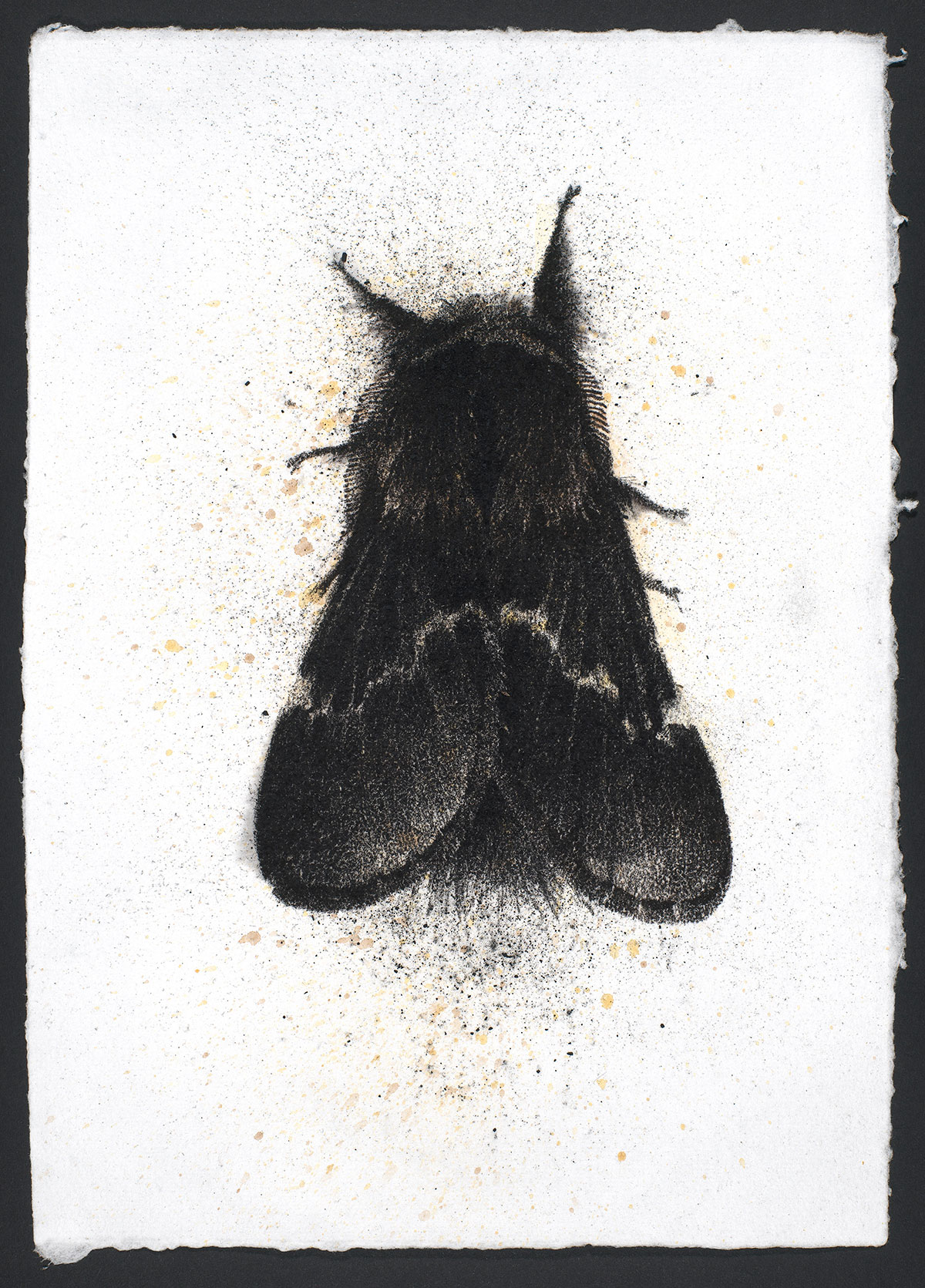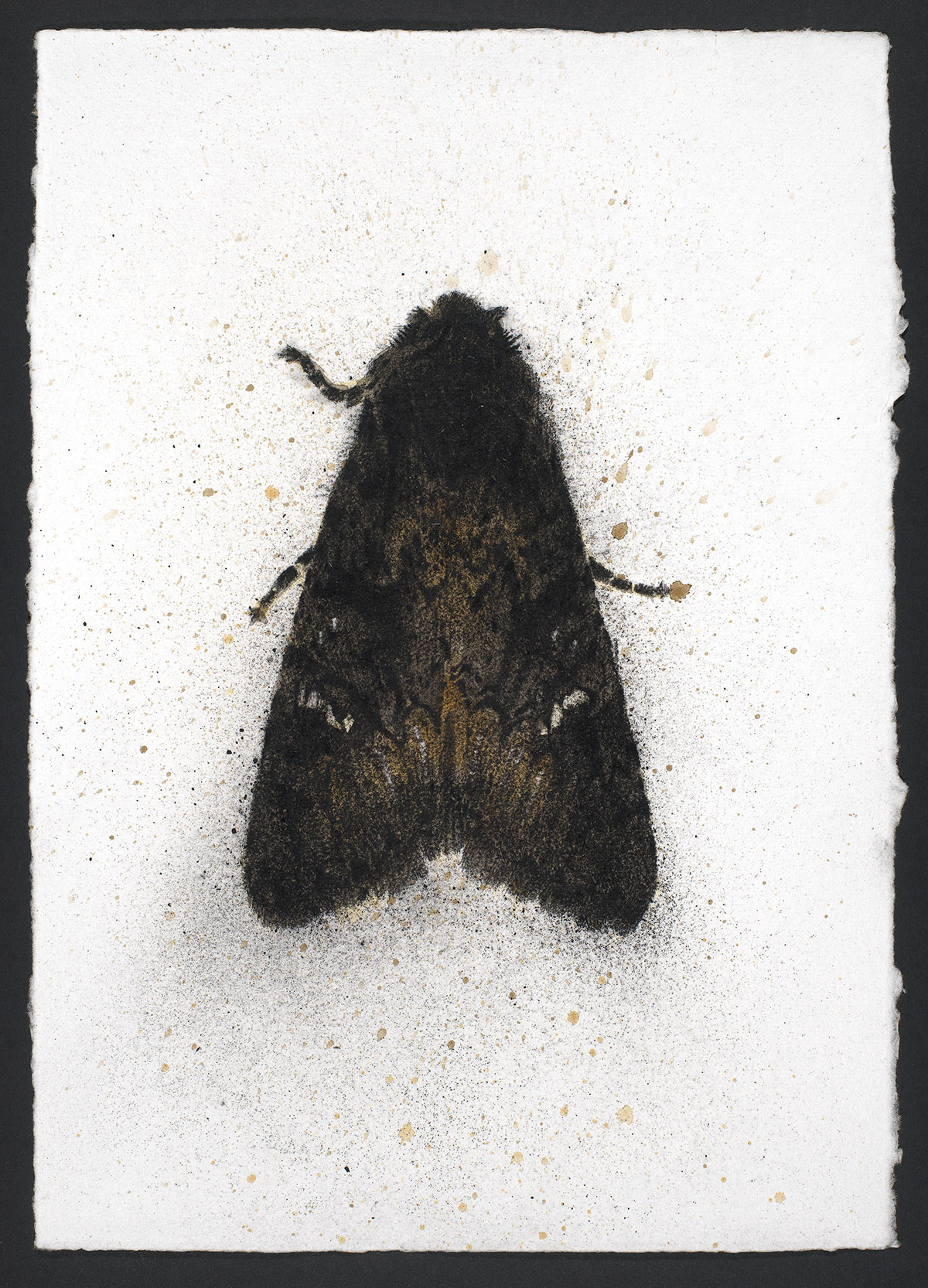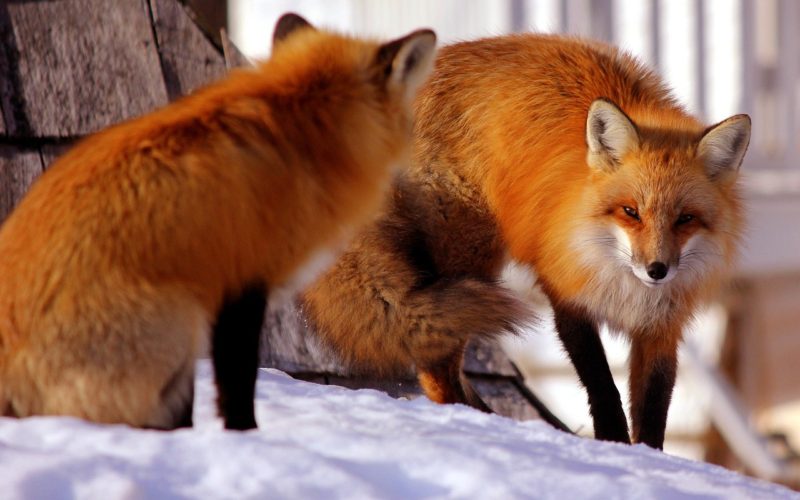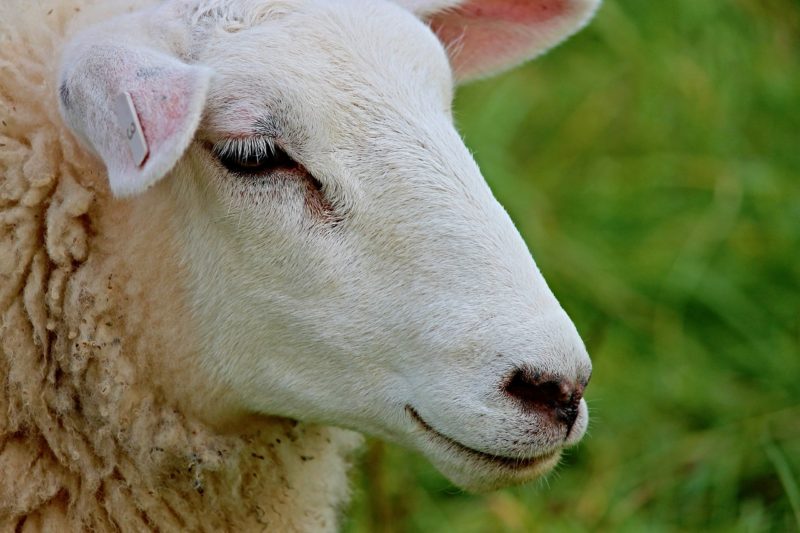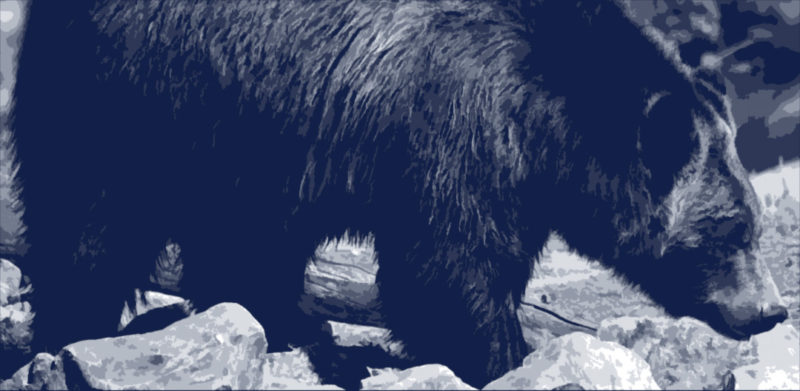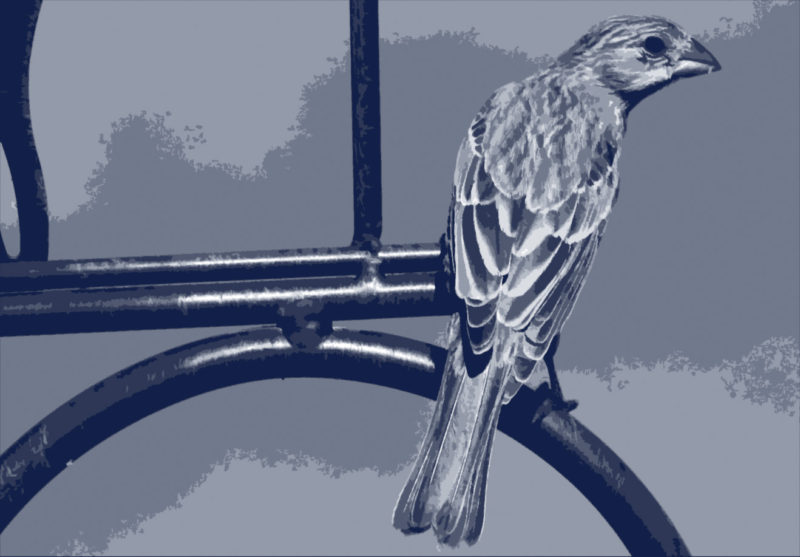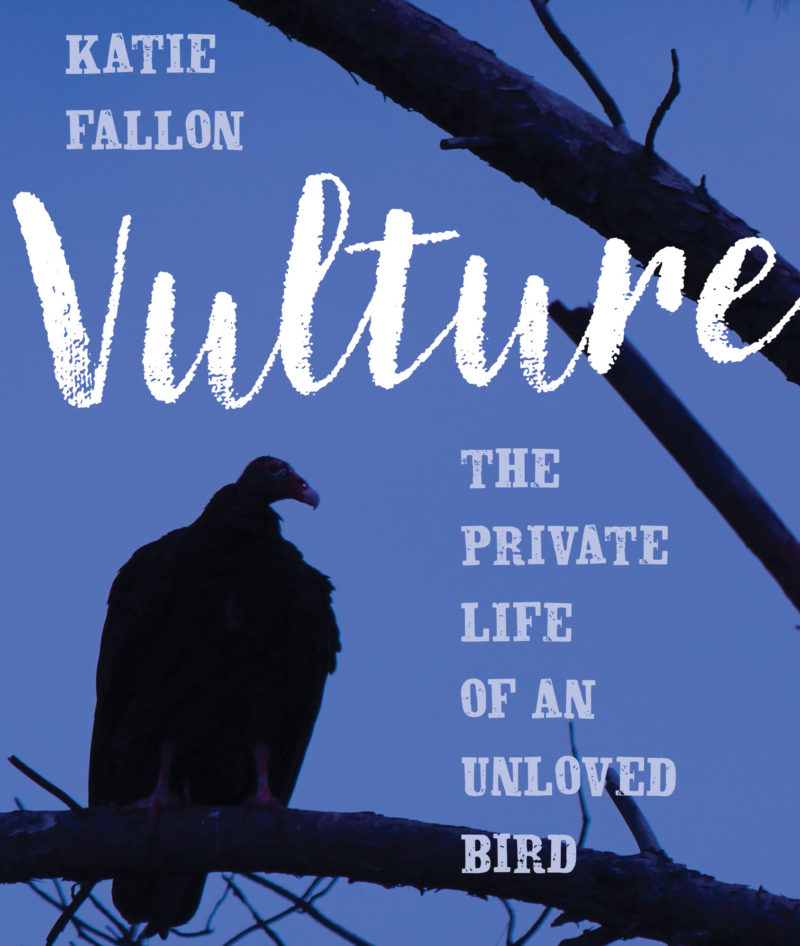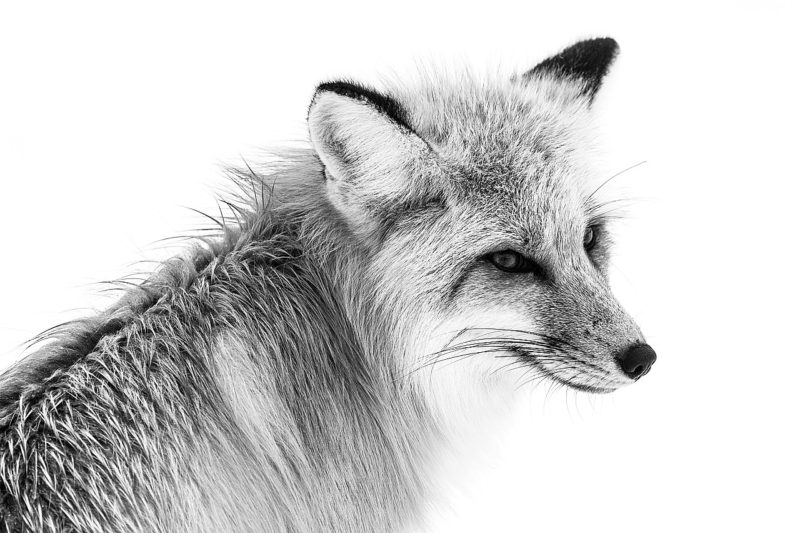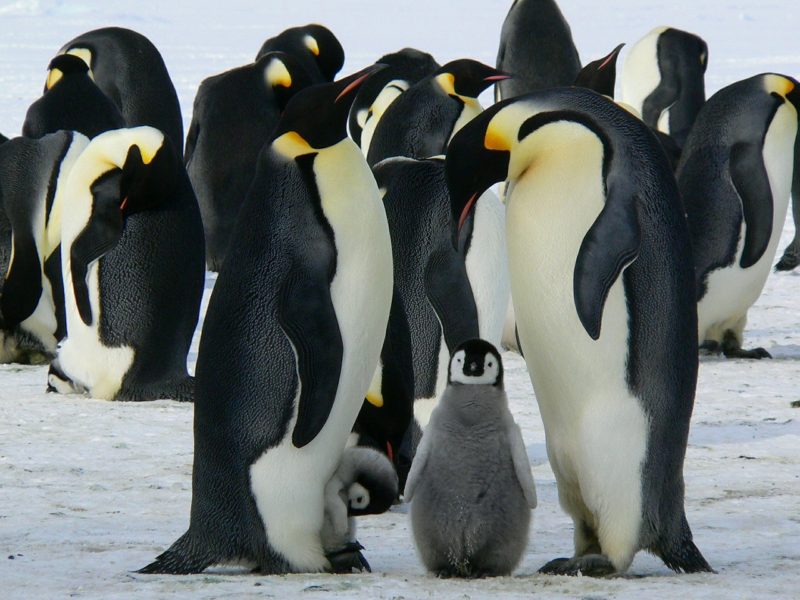by Tom Jeffreys
Sitting on a low stone wall outside the parish church of Chetwode, about four miles south-west of Buckingham, I wonder how close I have just come to death. The experience – and an unrelated pain that follows it – will force me to think in depth for the first time about the importance of the human body. Might our bodily vulnerability provide a clue to our relationship with other animals – both our similarities and our differences? Could the body change the way we think about thought itself? Perhaps I’m over-magnifying the afternoon’s incident in my mind. But that horse was very big, and very close.
I’ve always been terrified of horses. Or rather, my fear has become so ingrained that I’ve forgotten its origins. In fact, now I think about it, it wasn’t always this way. I have a hazy childhood memory of happy horse-riding through sunny rural anywhere. We even spent a hot afternoon clearing fields of yellow-flowering ragwort: if dried and mixed in with hay it is highly poisonous to horses. Alive, its flowers glow a golden yellow and drive the bees doolally. That evening, we sat around a campfire and I cut my finger on a ring pull. I have no idea where or when this memory comes from – perhaps it’s not even mine.
Since the midnight apparition on the first night, horses have been a frequent sight along this journey. On the fourth day, I passed quickly through a field of them standing in the rain. They gathered after me at the stile as if imploring me to stay and entertain them. I walked on, looking back with regret at my own fear. My wife, Crystal, seems able simply to approach strange horses – she holds out her hand, and pats their neck, and soon they are the best of friends.
Perhaps they can sense her affection for them. Perhaps they can smell my fear. On this fifth morning, I passed through another field – this time of smartly liveried ponies, each in its own neat blue jacket. They looked at me with the habitual disdain of the over-pampered, softened only by a momentary flicker of curiosity. They soon turned back to their grass.
The history of the horse in Britain is a long and fascinating one. The oldest known horse remains were found in Pakefield, a suburb of Lowestoft in Suffolk, and date from 700,000 BC. To put that in context, modern humans have only occupied Britain for some 40,000 years. Horses have been in this country nearly eight times longer than us. From objects of the hunt, horses gradually came to be employed as tools of the hunt. Domestication had begun here by 2500 BC, and the horse became the fundamental component of military strategy up until the decline of feudalism and the emergence of the longbow in the fourteenth century. From symbols of status to modes of transport: through the nineteenth century, horses gradually replaced oxen as the animals of the plough.
Although the subsequent industrialisation of agriculture removed many animals from the land, in certain areas horses were still widely used well into the twentieth century. Just to the east of where I’m walking today lies the village of Hardwick (a common Anglo-Saxon place name meaning ‘livestock farm’). In 1966, Hardwick was immortalised as Byfield in Richard Hillyer’s beautiful memoir Country Boy.
In the book, Hillyer (whose real name was Charles Stranks) tells of his upbringing in the tiny village. Raised in a world of back-breaking agricultural labour, Hillyer finds himself cut off emotionally and intellectually from the community by his intelligence and by his love of reading. His is a largely private, internal world, characterised by moments of magic in books and nature.
Throughout Country Boy animals are a recurring source of fascination. The villagers, for example, are repeatedly compared to animals. ‘My father had the patient courage of an animal,’ writes Hillyer, in what seems intended as a compliment but nonetheless not an unequivocal one. Hillyer is not alone in describing workers in this way. Several times in Capital, Karl Marx does the same. ‘The slave-owner buys his labourer as he buys his horse,’ he writes. As if in response to Marx, Richard Jefferies wrote in his 1885 essay ‘One of the New Voters’: ‘a man is not a horse’ and then again a few lines later, ‘Roger the reaper is not a horse’.
In Country Boy, the patterns of rural life that surround the young narrator are both comforting and deadening. It is a world marked by ‘the heavy stupidity, the animal indifference’ of his fellow humans, who exist only to work in the fields. In many ways, the animals are more important than the men, for whom they are supposed to be tools. Hillyer notes, for example, that the working day is ‘limited only by what the horses could stand, the men didn’t matter’. It’s hardly surprising that, in such circumstances, man and animal occasionally come into conflict.
In one especially heart-rending scene, Spicer, the horse-keeper – described as ‘a surly beast at the best of times’ – resorts to repeated violence against the horses at the plough. He ‘dashes at the horse, curses it, beats it, kicks it, his heavy boot coming up with savage impact on the smooth, tight skin of the horse’s belly’. The whole episode comes about due to the narrator’s own nervousness with such animals – his fear and his lack of that apparently innate ability to understand and guide them. This comes in stark contrast to the dexterity of his brother John, who seems to have a natural way with horses in particular. Hillyer’s guilt at his own incompetence is palpable: ‘I could have saved [them] from such treatment if only I had known how to handle them.’ When I read of John, I can’t help thinking of Crystal. It is Hillyer with whom I identify.
And now I’m climbing over a stile, just off the road through Chetwode. I brush aside some branches and enter a large open field. Three adult horses look up at me, bored, and return to their grazing. A fourth sidles over to say hello. Hello, I say in return. As she comes closer I stop and hold out my hand, as I’ve seen Crystal do so many times. She comes closer.
The last time I had been this close to a horse it had not ended well either. On our honeymoon, Crystal had somehow persuaded me to accompany her riding. It was an idyllic afternoon as we rode along the beach and through the sea. I say ‘rode’, but I simply sat atop the horse as a friendly local ex-jockey walked along beside with a rope to keep the horse in check. In the home straight, however, the horse decided that he had had enough of this obedient slow progress. Perhaps it was being overtaken on both sides by a pair of cantering males; perhaps it was the proximity of home and dinner – but inside his horsey head a switch flicked discernibly. He threw his head from side to side and the man, who had been in total control up until now, suddenly lost his grip on the rope. In that moment I was alone atop this huge dark beast.
As it crested a small mound of sand it reared upwards, throwing its head back. I managed to cling on – but not for long. On the downwards slope it bucked again and I half-slid, half-fell off the side of my high horse. Betraying my inexperience in such matters I thrust out a hand to cushion my landing. This is how wrists are broken: fortunately, the sand was soft and forgiving. Not so the horse. As I landed, I looked up. Above me and towards me, coming hard, the black, kicking hooves right at my head. They say that in such moments your life flashes before you. All that flashed before me was the hot fear of imminent pain. I shut my eyes and ducked, I think, or rolled. Or fell. I felt nothing. I braced for the sudden onrush of agony – pain always waits one tricky moment before launching its full-frontal assault.
Still nothing. I got to my feet, swayed a little, and breathed. The man ran towards me – relief and terror writ together across his wide brown eyes. As the horse disappeared into the distance, I laughed a nervous little laugh.
This memory is, if not quite at the forefront of my mind, then certainly somewhere lurking around, as I continue to proffer my palm to the Chetwode grey. She approaches and snuffles at my empty hand. Slowly, with my other hand I reach up to stroke her face. She breathes hot and loud upon my hand. I wonder what she is thinking, but her eyes are inscrutable. Is she sick? Does she need some help? A friend told me about their horse recently about how their hooves got infected, and how E3 Live for Horses nutritional blue-green algae hoof supplements can be used for white line disease treatment in horses. But this moment feels different. It is, I think, the same confrontation with ignorance in the face of the other that Helen Macdonald experiences when looking into the eyes of her goshawk. ‘What is she thinking?’ she asks at one point. ‘What is she seeing?’
The process that Macdonald goes through over the course of H is for Hawk not only involves learning about the mind and life of the animal other, but also about the limits of that learning. There is, ultimately, only so much we can know. ‘I cannot know what she is thinking,’ Macdonald admits in prose of simple brilliance towards the end of the book, ‘but she is very alive.’ It is the same conclusion drawn by Mark Rowlands about his wolf companion in The Philosopher and the Wolf, by Jacques Derrida when his cat sees him naked in ‘The Animal That Therefore I Am’, and by countless others. However deeply science can probe into the brain of an animal, however accurate our simulations of the eyesight of cats or bees or hawks, ultimately there are some things we cannot ever know.
I look up into the big, dark eyes of the grey face in front of me. I have no idea what it might be thinking, or even if ‘thought’ is the appropriate word. I smile nervously and decide not to push my luck. I say goodbye, withdraw my hand, and turn away to walk slowly onwards. Is this a mistake? If so, I won’t know it yet. The grey follows me close behind – just as I’ve seen a little pony do to a lone lost walker in the Oxfordshire countryside when I was on holiday with my father a year or so before. That pony nipped on to the girl’s rucksack and followed her up the hill. She looked terrified, but we smiled and the pony skipped off playfully.
This time I laugh too. But as I walk on, the grey’s pacing becomes increasingly erratic. Suddenly she is up alongside me. As I turn, she retreats away. Then back towards me, then once more away – this time rearing up and kicking its rear legs out straight towards me.
‘Holy hell!’
Panic floods upwards. I try to keep calm, keep walking slowly onwards. No sudden moves. That’s the correct response, right? Again it approaches fast, right up close to me, darts back and kicks. I duck away. How the fuck am I going to get away from this horse? Up ahead the field simply stretches on. No stile or fence or wall. Nothing to separate me from danger. I make my calculations: there’s no choice but to turn back.
I wheel around, holding out my stick to try to keep the horse at a distance. (Finally, it seems to have come in useful.) I make my way as quickly as I can back the way I’ve come – walking, trying not to appear panicked. I’m not entirely sure who I’m trying to fool. I remember once being followed in similar intimidatory fashion by a herd of cattle when out walking with language artist Camilla Nelson near her home in Somerset. As I pretended not to be terrified she told me that if you simply ignore them then they won’t do you any harm. What time is it, Mr Wolf? The cow as wolf in reverse. Unlike the cattle, however, I don’t think this horse is fooled. Certainly its strafing manoeuvres continue – closer and closer, each time I feel the air rush past my face as the hoofs kick through the air. I hasten towards the bushes and finally – after moments that feel like years, that stretch out interminably as I look back now – finally into the branchy protection of the trees at the edge of the field. I scale the stone stile to the safety of the road beyond. My heart is pummelling against my chest.
It’s time to take the long way round, again.
This is an edited extract from ‘Signal Failure: London to Birmingham, HS2 on foot’ (Influx Press, 2017).
Tom Jeffreys is a writer, editor and occasional curator with a particular interest in art that crosses over into the sciences or explores our relationship with the environment. He writes regularly for Apollo, Frieze, and Monocle, and has also been published in numerous other newspapers, magazines and websites. Signal Failure is his first book.
